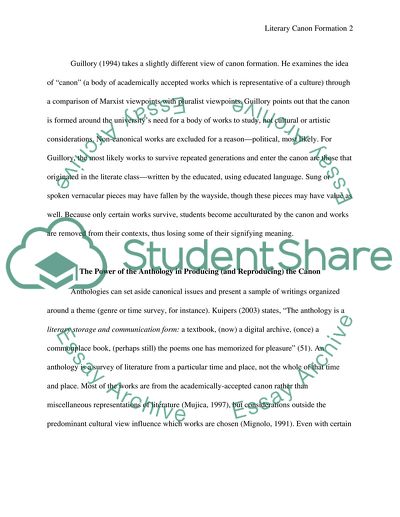Cite this document
(“Process Of Literary Canon Forming Around Certain Works Research Paper”, n.d.)
Process Of Literary Canon Forming Around Certain Works Research Paper. Retrieved from https://studentshare.org/literature/1722789-english-essay-on-cid-celestina-and-libro-de-buen-amor
Process Of Literary Canon Forming Around Certain Works Research Paper. Retrieved from https://studentshare.org/literature/1722789-english-essay-on-cid-celestina-and-libro-de-buen-amor
(Process Of Literary Canon Forming Around Certain Works Research Paper)
Process Of Literary Canon Forming Around Certain Works Research Paper. https://studentshare.org/literature/1722789-english-essay-on-cid-celestina-and-libro-de-buen-amor.
Process Of Literary Canon Forming Around Certain Works Research Paper. https://studentshare.org/literature/1722789-english-essay-on-cid-celestina-and-libro-de-buen-amor.
“Process Of Literary Canon Forming Around Certain Works Research Paper”, n.d. https://studentshare.org/literature/1722789-english-essay-on-cid-celestina-and-libro-de-buen-amor.


